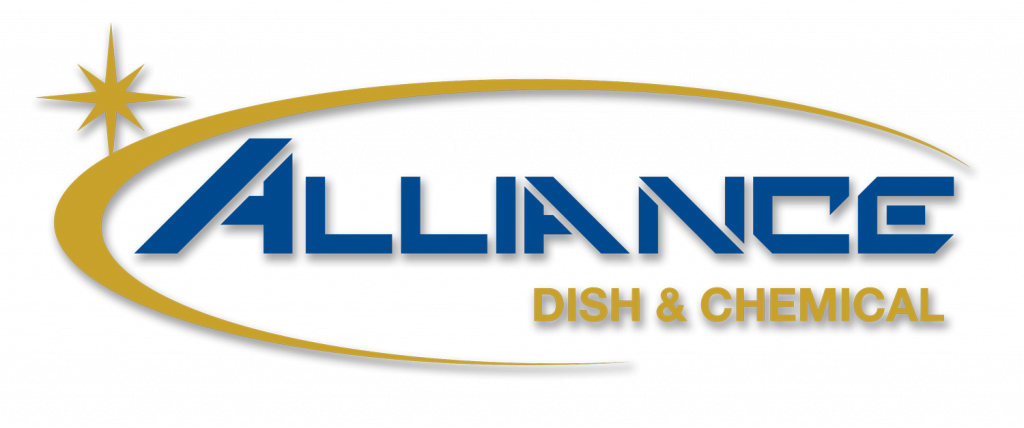As the coffee and espresso market continues to grow, consumers have become more educated and in touch with their preferences and tastes. It is not uncommon to hear comments from the general public about where in town the best coffee can be found, or what blend has the best flavor. Many establishments hire experts or spend a great amount of time and money tasting and testing coffee beans, looking for that particular blend that will delight the pallets of their clientele. But the blend is only a small part of the end product.
Because water makes up 98.5% of your coffee and espresso products, the chemical characteristics of your water MAY DOMINATE the taste and consistency of your end product. Water will also have a major impact on the efficiency and maintenance costs of your coffee or espresso equipment. Imagine finding the exact blend of coffee you have been searching for only to find that your local water characteristics flatten the taste, and to make matters worse, heavy limescale buildup is causing expensive repair bills and costly equipment downtime.
So where do you start and what do you do?
Particulates include dirt, sediment and rust and any other foreign debris. All supply water should be filtered for these impurities as they can effect equipment efficiency as well as product quality. Some water sources like private well water or municipal water drawn from rivers with high silt content are known for having high levels of particulates in the water.
Particulates can be easily and inexpensively filtered out of your supply water.
Chlorine is added by your municipality to sanitize drinking water. If left unchecked it can contribute to corrosion in your coffee or espresso equipment and it can give off an offensive taste and odor affecting the quality of your product.
Chlorine can be easily filtered out of your supply water with an activated carbon filter.
If high levels of hardness are left untreated, limescale will build up in your equipment causing components to fail. The efficiency of your equipment will be compromised and you may face expensive repairs, costly downtime, and significantly reduced equipment life. High levels of limescale can also negatively impact the quality of your product.
Limescale can be inhibited so it remains in the water but does not adhere to your equipment, it can be removed with water softening, or it can be removed by way of an RO system, (Reverse Osmosis).
TDS (Total Dissolved Solids) measures all impurities dissolved in the water including but not limited to calcium, magnesium, iron, nitrates and chlorides. High TDS levels could leave your water bitter, salty, flat or metallic tasting depending which dissolved solids are present. High TDS may also be a sign your water could be corrosive.
TDS cannot be filtered out of your water. An RO system is required to remove excess TDS from your water supply.
The SCAA (Specialty Coffee Association of America) has published basic water standards for coffee brewers to assist you in achieving the highest possible product quality. These standards can be used as a general guideline for optimizing your water for product quality.
- Clean, Fresh and Odor Free
- Color Free (Clear)
- Total Chlorine of 0 ppm (mg/l)
- TDS target 150 ppm (mg/l) with an acceptable range of 75 – 250 ppm (mg/l)
- Calcium hardness of 4 gpg (68 ppm) and an acceptable range of 1 – 5 gpg (17 – 85 ppm)
- Total Alkalinity at or near 40 ppm (mg/l)
- PH 7 with an acceptable range of 6.5 – 7.5
- Sodium at or near 10 ppm
(Recent studies have also shown that high calcium hardness can negatively impact the taste of coffee while magnesium can actually help draw out the flavors from the coffee beans.)
To compare your supply water to the above standards you can look at your local municipality’s water report which is often available on their website, or you can contact them by phone and they may provide it to you for free. If you cannot get a free water report or if you are on private well water, you may purchase an H2O Test Express Kit, part# 180-80180 through ASC1-Parts.
Falls within SCAA guidelines and does or does not have a taste and/or odor issue.
CTO filter that will remove particulates, chlorine, taste, and odor. These are relatively inexpensive filters and will provide some protection for your product and equipment in the event there are small changes to your supply water.
Mostly falls within SCAA guidelines but has high to moderate hardness (5 gpg—10.5 gpg). Water PH must be between 6.5 & 8.5
Scale X2 system with CTO pre-filter will remove particulates, chlorine, taste, and odor while inhibiting limescale buildup without adding anything to your water. Systems available up to 4 gpm. Recommended for Coffee & Espresso.
Mostly falls within SCAA guidelines but has high to moderate hardness (5 gpg—10.5 gpg).
CTOS technology will remove particulates, chlorine, taste, and odor while inhibiting limescale buildup by way of a polyphosphate additive. The polyphosphate additive cannot be seen or tasted in your water and will not adversely affect your product. Recommended for Coffee.
If high levels of hardness, TDS, or alkalinity are affecting the taste of your water or beverages, or impacting the efficiency of your equipment.
RO systems can filter out particulates, chlorine, taste, and odor and then remove all TDS including hardness and alkalinity. These systems can then reintroduce the elements you desire to produce the perfect water for your product quality and equipment efficiency. Recommended for Coffee & Espresso.



